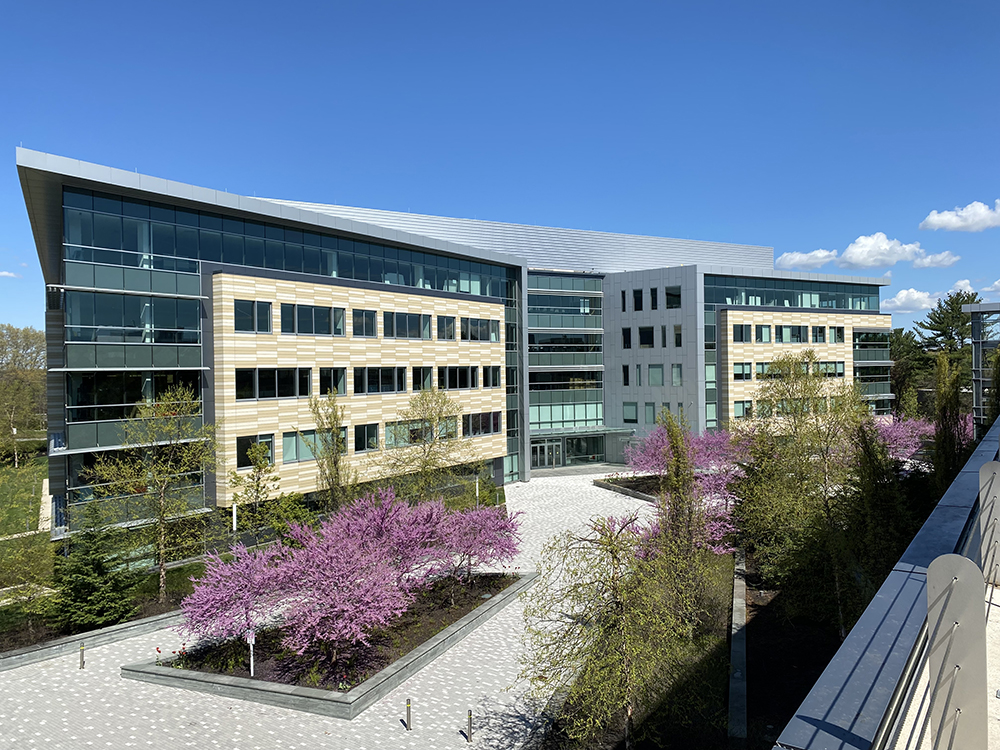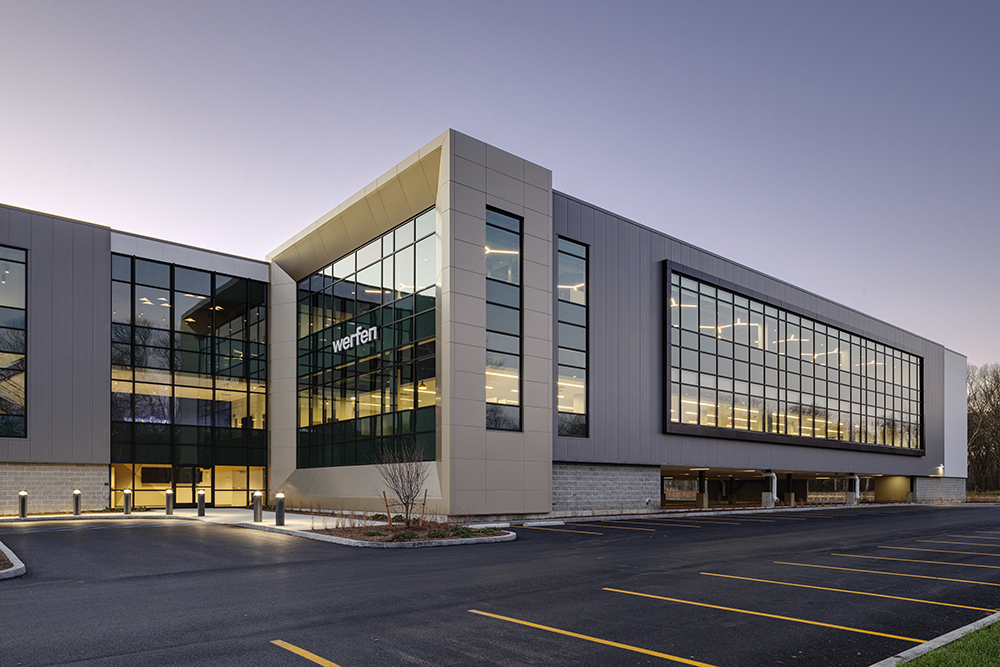News: Front Section
Posted: June 21, 2012
Four steps to analyzing a commercial real estate investment
The only way to avoid risk is to not invest. Since there is a common tendency to overanalyze, here I will try to simplify the analysis and give the investor 4 quick steps to see if the investment choice is worth looking further into for acquisition. In an investment property there are many financial indicators that reveal the true value of that investment. Investors have different objectives which equate to different types of returns. The 4 basic steps to get a pulse on the investment opportunity are: 1. Determine the NOI (Net Operating Income), 2. determine the Cap Rate, 3. determine the CFBT (Cash Flow Before Taxes) and 4. calculate the COC (Cash On Cash Return).
Step 1 NOI:
The NOI is easily Google'd for a deeper understanding. Here is a simplified definition. Once caution first, be careful to make a correct calculation as certain operating expenses that you might consider as legitimate actually are not acceptable for this calculation. See the chart.
Step 2 Cap Rate:
The Cap Rate is another quick way of measuring an investment. Typically this calculated on year 1 of the NOI to get a snapshot of the current performance of the investment. Mathematically it is a ratio of the income to value. A Cap Rate does not account for Debt Service or Income Tax, but gives you a number to compare to other investments. A great way to remember this is: Income over Rate x Value or IRV.
Step 3 CFBT:
This is the heart of the analysis. It is the benchmark to calculate your return. This will give you the income amount your property is providing before paying your taxes. Here you take the NOI down further by subtracting annual debt service, commission payments (if you lease the property) and capital reserves you are funding. The end result is the CFBT (Cash Flow Before Taxes).
Step 4 COC:
The Cash on Cash Return is another basic concept and most easily understood. Take the 1st years CFBT (Cash Flow Before Taxes) and evaluate it against the initial capital outlay. The initial capital outlay is the down payment + closing costs + other acquisition costs. Most investors consider this "The Return" or the Return On Investment or ROI.
There are many other good financial indicators, but this will give you a good start. One great tool to assist you with this is a financial calculator. The HP10B II is widely used by commercial real estate professionals. With these quick calculations you'll be on your way toward financial success!
Yours in Building Commercial Careers Worth Having
Ron Fredette is managing director of KW Commercial NH & Mass., Bedford, N.H.
Tags:
Front Section
MORE FROM Front Section
Newmark negotiates sale of 10 Liberty Sq. and 12 Post Office Sq.
Boston, MA Newmark has completed the sale of 10 Liberty Sq. and 12 Post Office Sq. Newmark co-head of U.S. Capital Markets Robert Griffin and Boston Capital Markets executive vice chairman Edward Maher, vice chairman Matthew Pullen, executive managing director James Tribble,
Columns and Thought Leadership

Five ways to ruin a Section 1031 Like-Kind Exchange - by Bill Lopriore
While there is some flexibility when structuring a like-kind exchange, some important requirements must be met. A mistake can ruin your exchange. Here are five mistakes to avoid:

How COVID-19 has impacted office leasing - by Noble Allen and John Sokul
To say that the effects of COVID-19 has transformed office leasing is an understatement. When COVID-19 was at its peak, office spaces were practically abandoned either through governmental mandates or through actions taken by businesses themselves.

Make PR pop by highlighting unique angles - by Stanley Hurwitz
Coming out of the pandemic, a client with three hotels in Provincetown, Mass., needed ways to let the world know his properties were open for business for the 2021 tourist season.

Four tips for a smooth 1031 Exchange - by Bill Lopriore
Many real estate investors do not understand the specific requirements that must be met to secure the benefits of a tax-deferred 1031 exchange. For example, the replacement property must be identified within 45 days of the closing date of the relinquished property.







.png)
